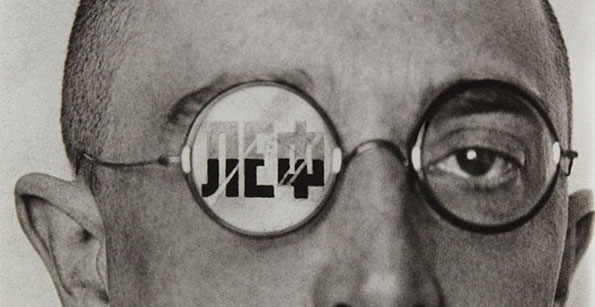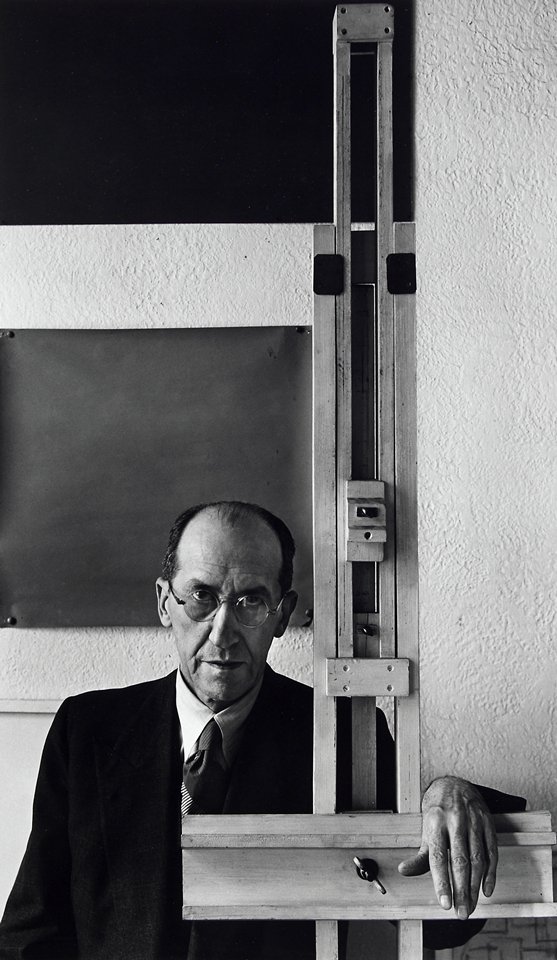The Story of a Century Told in 100 Photos
Art historian Laura Sivert reviews Minneapolis Institute of Art's intimate photography show, "100+," displayed as part of the museum's 100th birthday celebration.

As part of the continuing celebration surrounding Minneapolis Institute of Art’s centennial, the exhibit 100+: A Photograph for Every Year of Mia, opened on March 19 and runs until May 1, 2016. The small but inviting space of the Harrison Photography Gallery is packed with photographs grouped together thematically, or as curator David Little states, conceptually, rather than chronologically.
While most of the chosen works are exhibited in close proximity to one another with little space between, there are notable exceptions, most of which are large-format photographs that stand out both for their size and for their isolation on the wall. Two particularly eye-catching pieces are an untitled photograph from 2012 by Martin Parr (who has two works in the show) that captures an ice fishing outing, and Paul Shambroom’s 1999 work, Dassel, Minnesota—Population 1,233, which takes an intimate look at community meetings. These photographs are hard to miss, due to their size and their color printing—rare in the sea of black and white shots surrounding them. There is something a bit cheeky and at the same time uncanny in these images that is hard to define. Dassel is especially intriguing in the way that each woman in the photograph is captured with eyebrows raised, seemingly in disdain for something outside the frame.

Thomas Struth’s, Audience 1 (Galleria Dell Accademia), Florenz, is one of the largest photographs in the exhibit and is located in the center of the exhibition space. Self-reflexively, the subjects of the photograph are inside a museum looking at art—exactly what one is doing at the moment of viewing the photo. The Galleria Dell Accademia is the site of Michelangelo’s David, and this is what the audience in the photo is most likely viewing. This audience takes in the wonders of Renaissance sculpture just as Struth allows us to take in their differing reactions: a convergence of people looking at, and being affected by, the various pieces in an accidental interaction. This 2004 photograph is somewhat dated in that it shows no one using a cellphone—unusual in today’s museum spaces where we take photos of ourselves with art in the background to show friends and family what we have been observing. The public can, in fact, be part of this very exhibit: “Simply post your photo to Twitter or Instagram using #tbtMIA…” and the submitted photo will be displayed on a screen directly outside the exhibition space for the length of the show.
In the back of the exhibit is a small room with black walls that displays two lightbox pieces by Naoya Hatakeyama, Maquettes/Light #5121(1997) and Maquettes/Light #0426 (1994). Rather than a print on paper, the lightboxes are illuminated from behind in high contrast, and the darkness of this room makes these works stand out dramatically. Located in the same room is a startlingly white work, Untitled #14 (2001), by Catherine Opie that requires a second look. At first glance, there seems to be nothing but stark whiteness until at last, as your eyes adjust, you find very small speckles at the center right of the work, so light they almost appear to be scuff marks but are actually ice houses. Displayed on the same wall with Opie’s work is Bill Brandt’s Untitled (1952). Rather than a blank white landscape, Brandt’s subject is a woman whose pale glowing skin contrasts sharply with the shadows that envelop her. David Little notes that the pairing of these works is intended to play up the overexposure in each. Such a coupling, while not obvious at first, reveals the thoughtfulness of this carefully crafted show.

The show does have its problems, which Star Tribune art critic Mary Abbe has already thoroughly discussed. She makes the point that the walls are overcrowded, making it difficult to view pieces singularly; she’s right, but that is, to my mind, the point of the show. These works are not meant to be viewed as stand-alones, but as images interacting with the surrounding art, inviting viewers to take a closer look, not at individual pieces, but at each one’s contribution to a larger conversation. If anything, the cramped space exposes the lack of exhibition room available for the excellent photography collection at Mia. Additionally, while a paucity of wall labels is usually a frustration for me and, I believe, daunting for many museum-goers, it strikes me that detailed labels are not needed here. Indeed, the gallery is too small to accommodate both 100 photographs and their related explanatory labels. Further, this gallery highlights some of the many pieces in the museum’s expansive collection; it is meant to be a sampling rather than an in-depth viewing experience. Perhaps this exhibit will create more interest in Mia’s impressive photography collection, leading to further shows that do give a more comprehensive look at the context of each work.** Seen in that light, it’s an entertaining and inviting way to leave open the possibilities for Mia’s department of Photography and New Media: showcasing the Institute’s classics juxtaposed with the newer additions, while suggesting possible directions Mia could take in the future with a new photography curator, as David Little leaves at the end of August.

Related exhibition information:
100+: A Photograph for Every Year of Mia, originally set to end in October 2015, has been extended until May 2016 thanks to its popularity. Additionally, curator David Little will be exchanging some of the photographs on view before his departure.
Laura Sivert currently teaches art history at University of Wisconsin, River Falls.